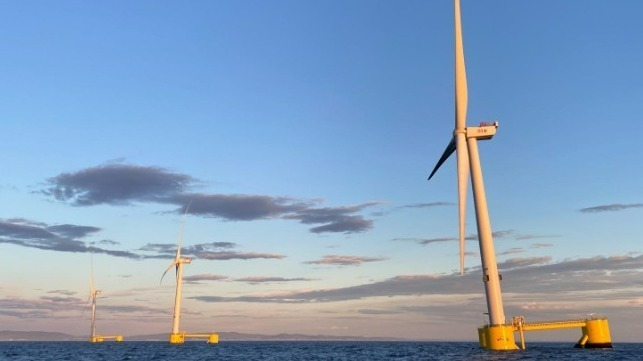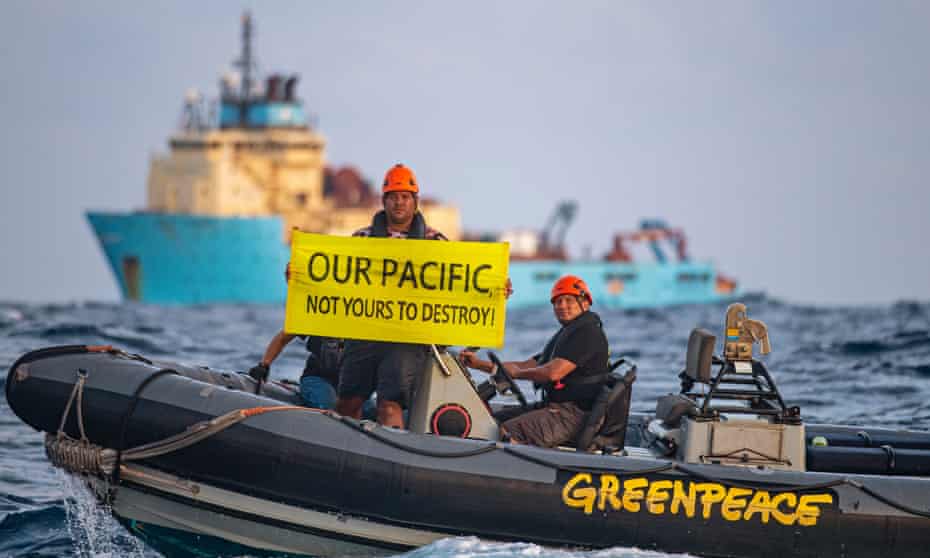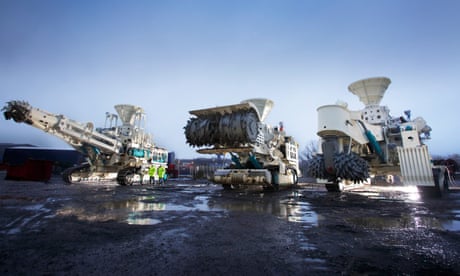Beyond Petroleum: The First Supermajor To Turn Its Back On Oil
- It’s going to take time, investment, infrastructure, and enormous effort to complete the clean energy transition.
- The world still needs hundreds of billions of barrels of oil.
- BP’s bold new Chief Executive Bernard Looney is trying to make sure that BP can beat its peers in a race toward clean energy dominance.
While international policymakers and regulatory bodies have already been applying some degree of pressure on the energy industry to decarbonize for years now, the push for cleaning up the global energy sector’s act has been supercharged by the most recent report from the Intergovernmental Panel on Climate Change (IPCC) and the United Nations (UN).
The landmark 6th Assessment Report announced in no uncertain terms that we have reached a point of no return for the climate, having irreversibly altered weather patterns and unequivocally warmed the Earth due to human activity. However, there is still a small window of time to mitigate further damage and change the planet’s trajectory toward catastrophic climate change. This will require decarbonization at a massive scale and on an incredibly short timeline. The UN, not mincing words, has called it a “code red for humanity.”
That being said, it’s simply not feasible for the global economy to quit fossil fuels cold turkey. It’s going to take time, investment, infrastructure, and enormous effort to complete the clean energy transition, and in the meantime, the world still needs hundreds of billions of barrels of oil. This dynamic has made it hard to convince oil supermajors to set aside fossil fuels -- their stalwart cash cow -- when there is still so much money to be made before oil goes quietly into that goodnight, especially when brand new mass-scale clean energy enterprises probably won’t turn a profit for years.
Despite the bumps in the road, however, it’s clear which way the tide is turning. Fossil fuels aren’t irrelevant yet, but they have no place in the future if this planet is to have one. Already, some oil execs and fossil fuel industry defectors have decided to abandon ship and are positioning themselves at the helm of the clean energy revolution, bringing their oilfield know-how and innovative expertise with them.
And now, at long last, some oil companies are reading the writing on the wall and deciding to bet big on renewables in order to establish a place at the front of the pack for the new energy era. One of the most notable cases is that of BP, which is changing course and liquidating huge portions of its fossil fuel holdings in a historic shift in strategy.
BP’s bold new Chief Executive Bernard Looney is trying to make sure that BP can beat its peers in a race toward clean energy dominance. “He aims to slash BP's output by 40%, or about 1 million barrels per day, an amount equal to the UK's entire daily output in 2019,” Reuters recently reported. This makes BP the very first major oil company CEO to announce intentional cuts in future oil production. “At the same time,” the report continued, “BP would boost its capacity to generate electricity from renewable sources to 50 gigawatts, a 20-fold increase and equivalent to the power produced by 50 U.S. nuclear plants.”
This plan will entail the selling off of $25 billion in fossil fuel assets over the next few years, representing about 13% of the company’s total fixed assets.
While BP is proving to be a trailblazer in the fossil fuel sector’s adaptation to the clean energy revolution, the rest of European Big Oil isn’t too far behind. For the last few years, European supermajors have been pivoting away from total dependence on fossil fuel markets, trying to make the transition from Big Oil to Big Energy. On the other side of the Atlantic, however, it’s a different story. Big Oil in the U.S. has been much slower to accept the inevitable and start to prepare for the coming sea change.
While the Biden administration has been making a concerted effort to catch up to the rest of the global clean energy industry through the likes of legislation including the historic Infrastructure Bill, it will be hard for companies that have not already started to pivot toward renewables to stay competitive, and could even imperil the energy security of nations that fail to curb their dependence on oil, gas, and coal.
By Haley Zaremba for Oilprice.com






 Manganese nodules on the seabed off the Cook Islands. Proponents of deep-sea mining argue that we have no choice but to exploit these minerals as we move towards a zero-carbon future. Photograph: USGS
Manganese nodules on the seabed off the Cook Islands. Proponents of deep-sea mining argue that we have no choice but to exploit these minerals as we move towards a zero-carbon future. Photograph: USGS



















